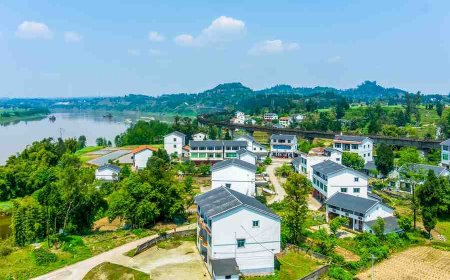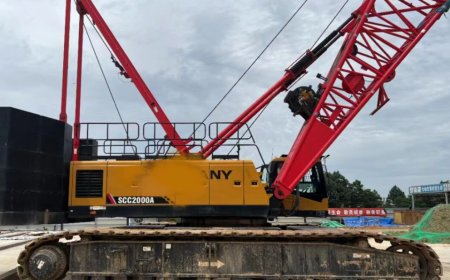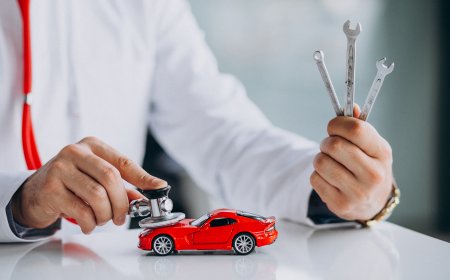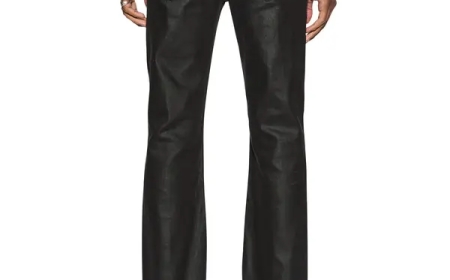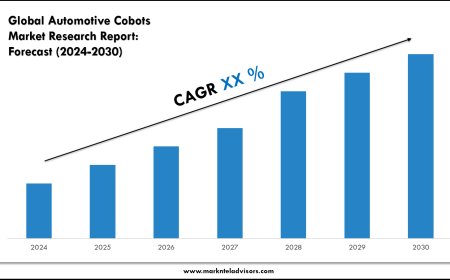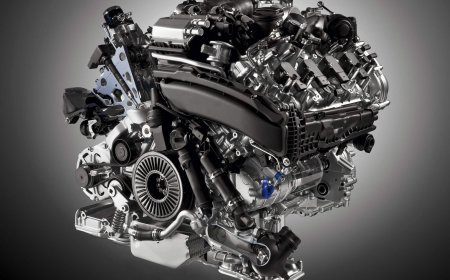Car Wrecks and Clean Air: The Environmental Shift Behind the Scrap Boom
Discover how old cars are driving environmental change through scrap yards, recycling, and clean practices in Australia. Learn how Scrap Car Removal Townsville plays a role.
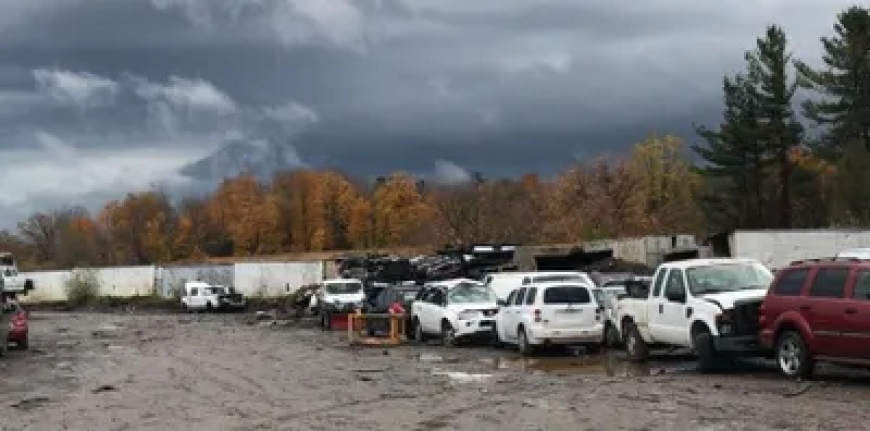
Australias car culture is changing, not just on the road, but also in the scrapyards. As environmental concerns continue to grow, car wrecks are becoming part of a much bigger solution. More vehicles are being dismantled, stripped of useful parts, and recycled. This shift is not only helping the planet but is also building a new way of thinking about transport, waste, and resource use.https://www.cash4carstownsville.com.au/
What Drives the Scrap Boom
Over the last decade, more Australians have chosen to scrap old or unwanted vehicles instead of keeping them on blocks or letting them sit idle. The rising cost of repair, stricter emissions standards, and increased awareness of recycling are pushing this movement forward. According to the Australian Bureau of Statistics, around 500,000 vehicles are deregistered each year, and many of those end up in salvage yards.
Breaking Down Cars for Cleaner Air
Emissions and Pollution
Old vehicles are one of the largest contributors to urban air pollution. They often lack the emission controls found in modern engines. Scrapping these older models removes a source of harmful gases like nitrogen oxide and hydrocarbons, which react with sunlight and form smog. This is especially important in areas like Sydney, Brisbane, and Melbourne, where traffic congestion adds to air quality issues.
Metal Reuse Saves Energy
When steel is recycled instead of made from iron ore, up to 70 percent less energy is needed. This cuts greenhouse gas emissions, reduces fuel use, and lowers the environmental impact of mining. Each scrapped car saves about 1,000 kilograms of raw materials and nearly 600 kilograms of carbon dioxide emissions.
Reducing Waste in Landfills
A typical car has many parts that can be reused or recycledglass, plastic, rubber, fluids, and metal. Leaving these in landfill is wasteful and risks soil contamination. In Australia, around 85 percent of a cars parts can be recovered. That keeps thousands of tonnes of material out of landfill every year.
Car Parts That Keep on Working
Even when a car is no longer roadworthy, many of its parts still function. Alternators, engines, wheels, panels, mirrors, and transmissions are carefully removed and sold to workshops and private buyers. This reduces demand for new manufacturing, which also helps reduce environmental strain. Mechanics repairing older cars often look to wrecking yards to source parts no longer available through regular dealers.
How the Scrap Industry Helps Australia
Boosting Local Jobs
The scrap and salvage industry supports thousands of workers across the country. This includes roles in towing, sorting, dismantling, safety inspections, and transport. Many small businesses are built around this sector, often in regional or industrial areas that depend on steady job opportunities.
Supporting Technical Education
Wrecking yards give TAFE students and apprentices a space to learn real-world repair skills. Handling real car componentsmany still in working conditionbuilds confidence and teaches mechanical awareness. These yards act as practical classrooms for the next generation of auto workers.
A Shift Towards Clean Industry
Todays wrecking yards are no longer just messy lots filled with rust. Many are regulated under environmental safety laws and require licences to operate. Oils and coolants must be drained, batteries stored safely, and metals separated properly. State and council inspections ensure compliance, and most yards now use modern tools to improve sorting and recycling processes.
Turning Unwanted Cars into Cleaner Streets
Not every vehicle gets scrapped because of age or breakdown. Sometimes owners just need to clear space, or the cost of repairs outweighs the vehicles value. In those cases, removal services step in to help. For example, in regional Queensland, Cash 4 Cars Townsville works closely with local yards and collection teams to pick up unused cars. This keeps suburbs clear of waste, and connects cars to facilities that handle Scrap Car Removal Townsville properly.
This cycle of pickup, processing, and reuse is an important part of building a cleaner and more organised auto culture.
Looking Ahead: The Role of Scrap Cars in Sustainability
As electric vehicles grow in number, recycling efforts must keep pace. These vehicles have different partsespecially lithium-ion batteriesthat require special handling. Some wrecking yards are already training staff and setting up safe stations to work with battery systems.
Even the rubber from tyres is now being turned into material for walking tracks and insulation. Each step in this recycling chain moves Australia closer to a system where less is wasted and more is reused.
Final Words
Scrap cars might once have been seen as junk, but today they form part of a larger picture. Their parts support local repair work, their metals reduce the need for mining, and their removal improves the look and safety of streets. The scrap boom is more than just cleaning upit is about rethinking how we treat old cars and how they can serve new purposes.
With proper handling, recycling, and reuse, these vehicles do not just fade awaythey help shape a cleaner and smarter way to move forward.







